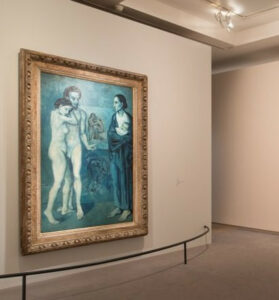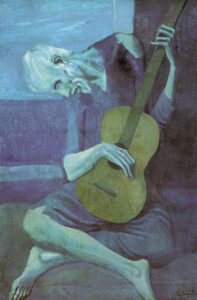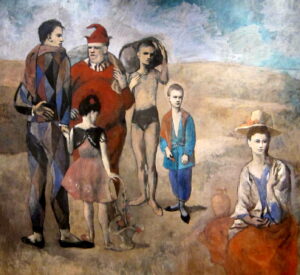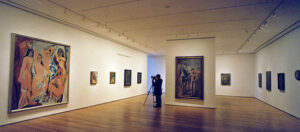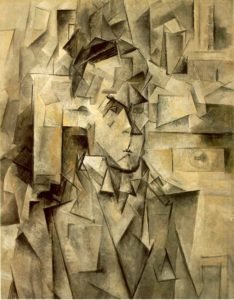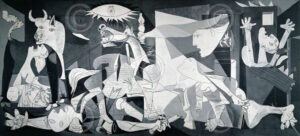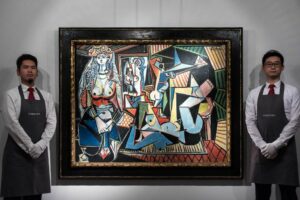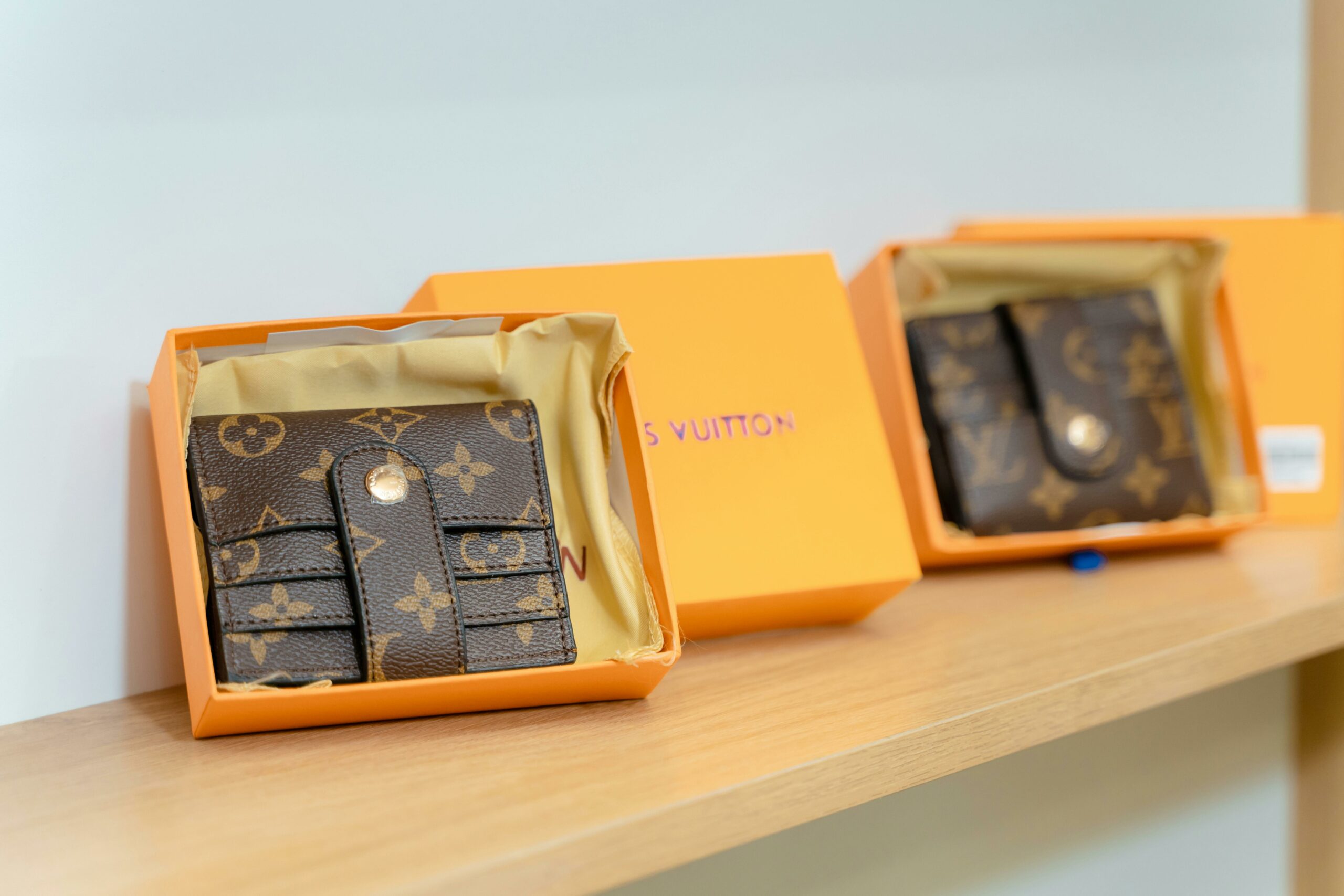Picasso, a name so well known, it doesn’t need an introduction. Pablo Picasso is considered one of the most influential artists of the 20th century. You could easily say that no artist before Picasso had created such a huge impact in the art industry. Not only did his work have an influence on his contemporaries, but also the way modern art evolved throughout the decades. The fascinating thing is that Picasso was not just a painter, he had many more artistic skills. Interested to know more? Continue reading below.
Picasso was born in Malaga, Spain in 1881. Although he was born and raised in Spain, he spent most of his adult years in France. Picasso was not only an incredible painter, he was also a sculptor, writer, etching artist, ceramics artist, printmaker, and he was the creator of theatre sets and costumes. In his lifetime he created more than 20,000 artworks across the various skill-sets mentioned above. Picasso had a very eclectic style. His artworks are characterised by a unique, recognisable powerful approach, although he used different styles, sometimes even in the same artwork. Let’s explore each artistic period Picasso went through in detail.
The blue period
From 1901 until 1904, Picasso’s art was exactly that – blue. His paintings were mostly blue and blue-green, occasionally integrated with warmer colours. The colour of his paintings during this period perfectly described the gloomy period Picasso was experiencing in his life at that time. This period highlights Picasso’s depression following the suicide of his friend, Carlos Casagemas. This is depicted in the gloomy painting La Vie. Other indicators of gloom include the portrayal of poverty, malnutrition and prostitution. The Old Guitarist is another famous painting from this period.
The rose period
Between 1904 and 1906 Picasso’s art was happier and included more cheerful colours as a direct result of his mood during that time. Picasso’s happy mood was due to some successes. He also overcame his depression and found a lover named Fernande Oliver. The somber paintings were replaced by paintings of clowns and circuses. One of his most popular artworks, Boy with a Pipe, was created during this period.
African influence
From 1907 until 1909, Picasso was heavily influenced by an exhibit at the Palais de Trocadero. Inspired by African art, one of his controversial creations called Les Damoiselles d’Avignon was created during this time.
Cubism
This iconic stage in Picasso’s life spanned over ten years, from 1909 until 1919. Cubism was based on the concept of deconstruction. Pablo Picasso together with Georges Braque created Cubism, which was an art form consisting mostly of neutral colours and involved the process of taking objects apart and analysing them. This lead to the development of synthetic Cubism which highlights the combination of form in a picture. Cubism lead to the use of collage which emphasises different textures. By using colours, shapes and figures, Picasso wants you to question what is reality and what is illusion in a painting. This was a very influential concept and changed the direction of art.
Neoclassicism
Picasso’s artistic period ranging between 1919 until 1929 consisted of a huge change in style. In 1917, Picasso’s first trip to Italy inspired the creation of neoclassical art. For those of you perplexed by this word, neoclassical art is a style that focuses on Greek and Roman mythology and history. One of his paintings called Guernica created in 1937 was dubbed the most powerful anti-war statement of modern art, created to depict the Spanish Civil war at that time. During World War II, Picasso continued creating art, while also writing poems and theatre plays. Towards the end of his life, Picasso had a another surge of creativity which experts classified as neo-expressionism.
Picasso’s art is highly valuable. His art sold at very high prices during his life and even more so after his death. Boy with a Pipe, created in 1905 during the blue period, sold for $104 million in 2004. Le Rêve, created in 1932, sold for $155 million in 2013 and the record breaker, Women of Algiers (Version O), created in 1954-1955 sold for $179 million in 2015.
So why is Picasso so important? He lived until he was 91 years old, and almost his entire life was devoted to creating art. He made a huge contribution and had a great effect on modern art. His invention of Cubism along with Georges Braque changed the way people thought about art. Picasso’s ability to push boundaries and experiment with different techniques and approaches to art are what made him a pioneer in the art world, until the very end of his life and still today.



